Some moves in chess don’t just win games; they echo through history.
Whether it’s a jaw-dropping sacrifice or a sneaky underpromotion that leads to mate, brilliant moves show us the beauty and depth of the game.
Let’s count down the 10 most brilliant chess moves ever played.
Every move listed here came in real games, mainly at the top level. These aren’t just tricks; they’re timeless.
1. Stefan Levitsky vs Frank Marshall (1912)
According to legend, after the move 23…Qg3 was played, the tournament board was showered with gold coins. It was an absolute beauty of a move.
Marshall had played some brilliant moves before …Qg3, but this was the Magnum Opus of the game.
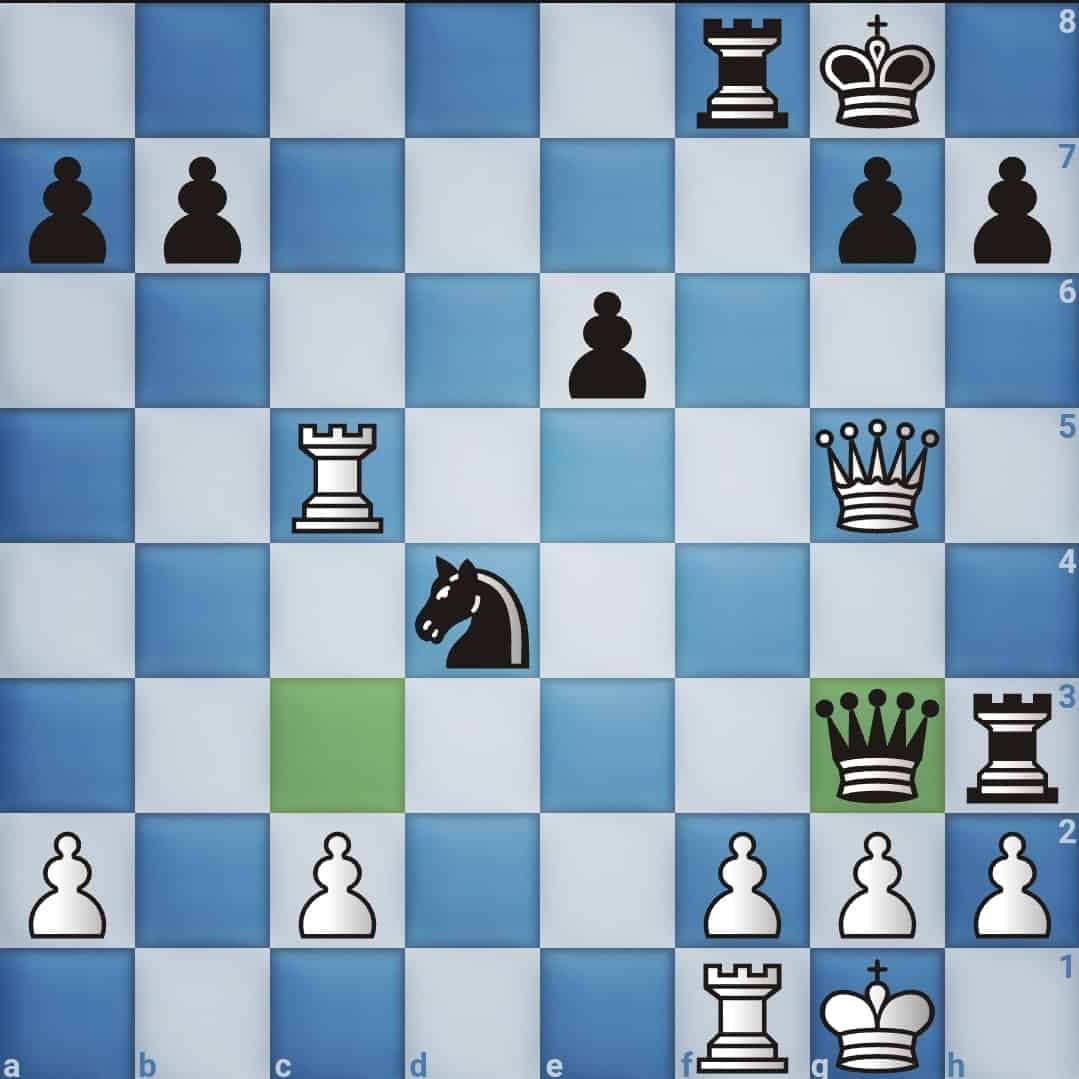
The idea here is that the game is lost no matter what White plays.
Black is now threatening to play …Qh1#. If White plays 24. hxg3, to capture the queen, 24…Ne2# ends the game.
If White chooses to play 24.fxg3 instead, Ne2+ and Rxf1# end the game.
The best option for White is to play 24. Qxg3 and exchange queens. But after 24…Ne2+, the Black king, has to move. 25. Kh1 and …Nxg3+ follows.
The f-pawn cannot capture the knight as …Rxf1 from Black would be checkmate.
The king has to move to g1, and Black then plays 26.Ne2+, the King moves to h1, and Black moves their rook to safety.
At the end of this sequence, Black is up a full knight and is completely winning.
2. Lev Polugaevsky vs Rashid Nezhmetdinov (1958)
Rashid Nezhmetdinov was one of the greatest attacking minds of his time, and this game against Lev Polugaevsky shows exactly that.
From the early stages of the middlegame, Rashid made his intentions known by starting an early onslaught on the King’s side.
It wasn’t long before Polugaevsky had to begin making escape plans for his king.
Rashid continued pushing, and it looked like his Queen would get trapped.
But that was the plan all along; Polugaevsky attacked the white queen with 24. Rh1, a deadly dare to give a guy like Rashid.
Rashid sacrificed his queen with a stunning 24…Rxf4, offering both his rook and queen.
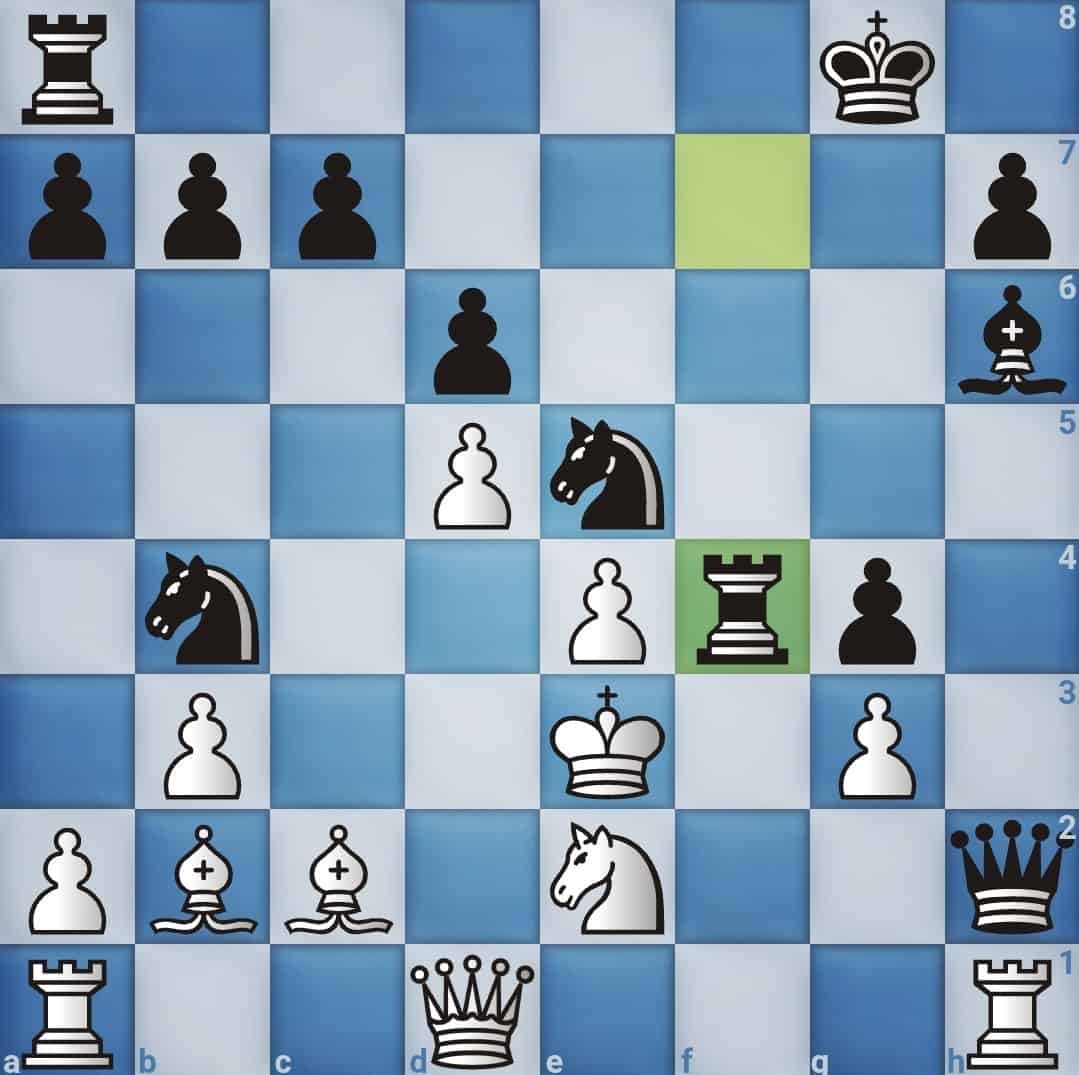
Black had to accept the queen offering, and Rashid immediately unleashed a deadly king hunt that ended in Polugaevsky resigning as his king’s demise was inevitable.
3. F Alexander Hoffmann vs Alexander Petrov (1844)
If you’ve studied chess openings, chances are you’ve heard about the Petrov Defense.
This game featured a move by Alexander Petrov that was straight-up madness and beauty.
Right from move 7, Petrov shows that he’s an artistic madman by sacrificing his knight with …Nxf2 to break through the King’s defenses.
The real shocker came on move 12 when White attacked Petrov’s queen with 12. Nxf7, expecting Petrov to play …Kxf7, and he replies with 13. Qxd5+, which would put White ahead.
Instead, Petrov plays the wild 12…0-0, simply castling and sacrificing his queen.
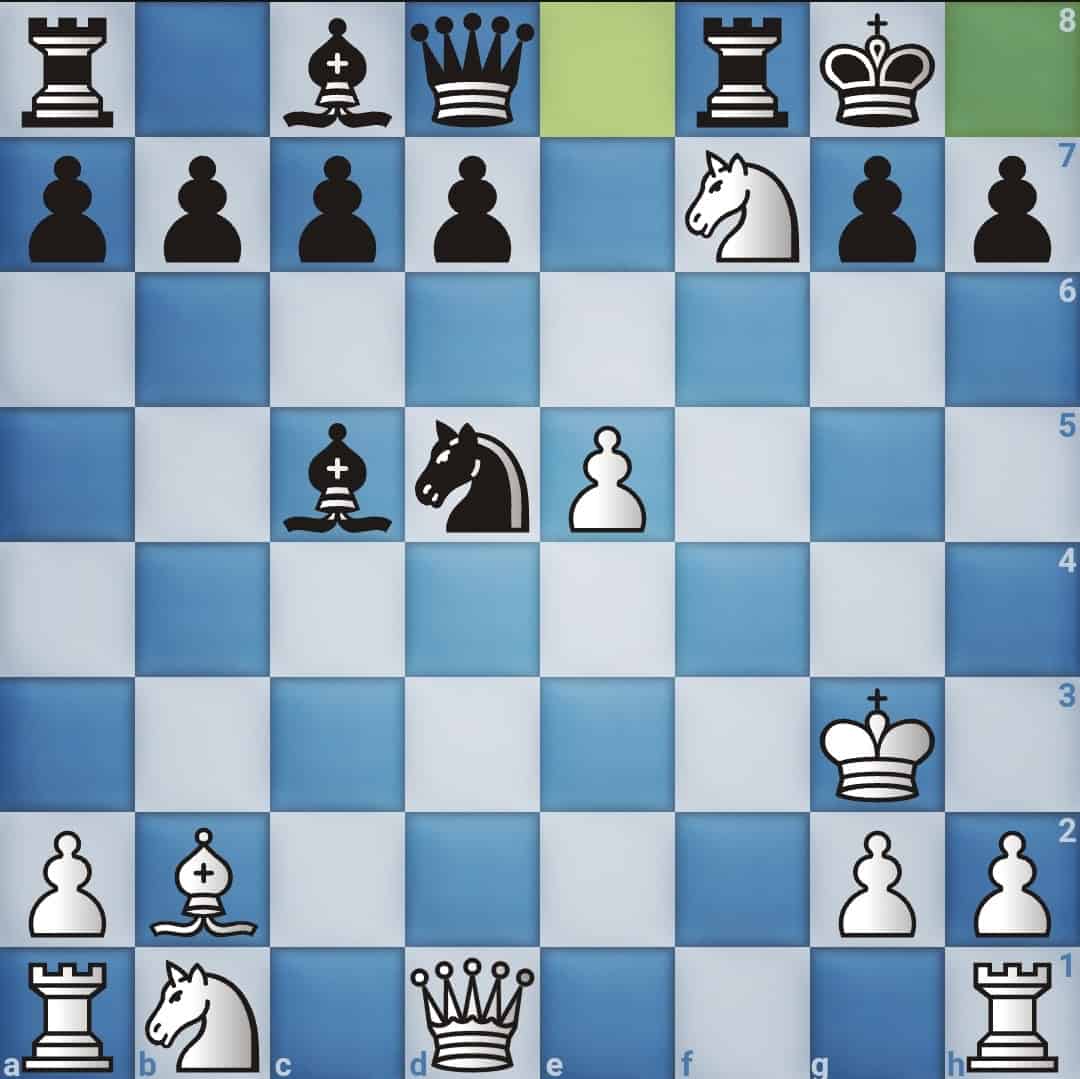
White accepted the queen sacrifice, and Petrov embarked on a wild hint for the White king, which ended in a beautiful double-mate.
4. Carlos Torre Repetto vs Emanuel Lasker (1925)
Emmanuel Lasker was a world champion and legendary chess player. But even he wasn’t immune to brilliant moves.
Carlos Torre sacrificed his queen on move 25 in this game and unleashed a windmill barrage on Lasker.
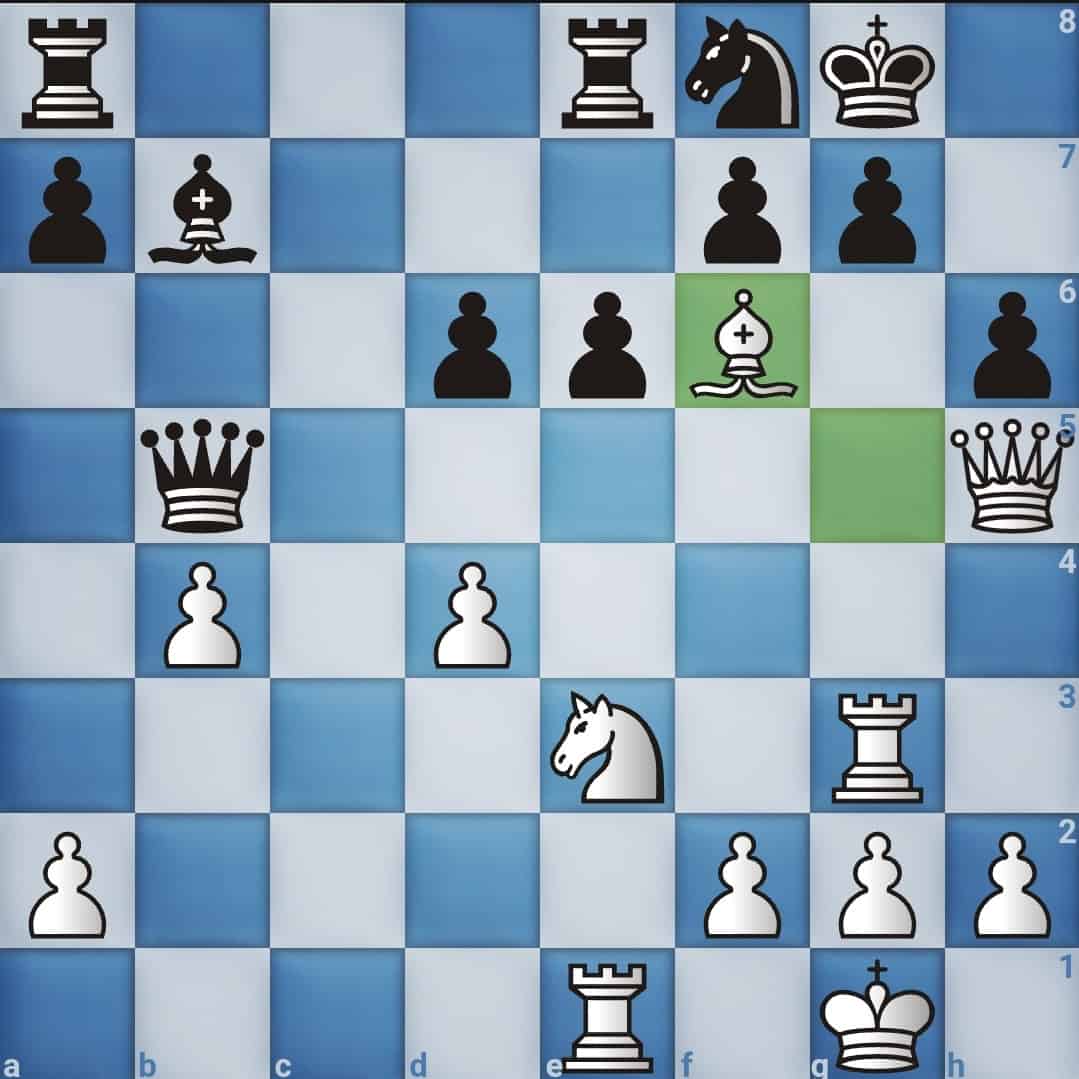
The dance of the bishop and rook that ensued is simply a sight to behold.
5. Mikhail Tal vs NN Simul, (1958)
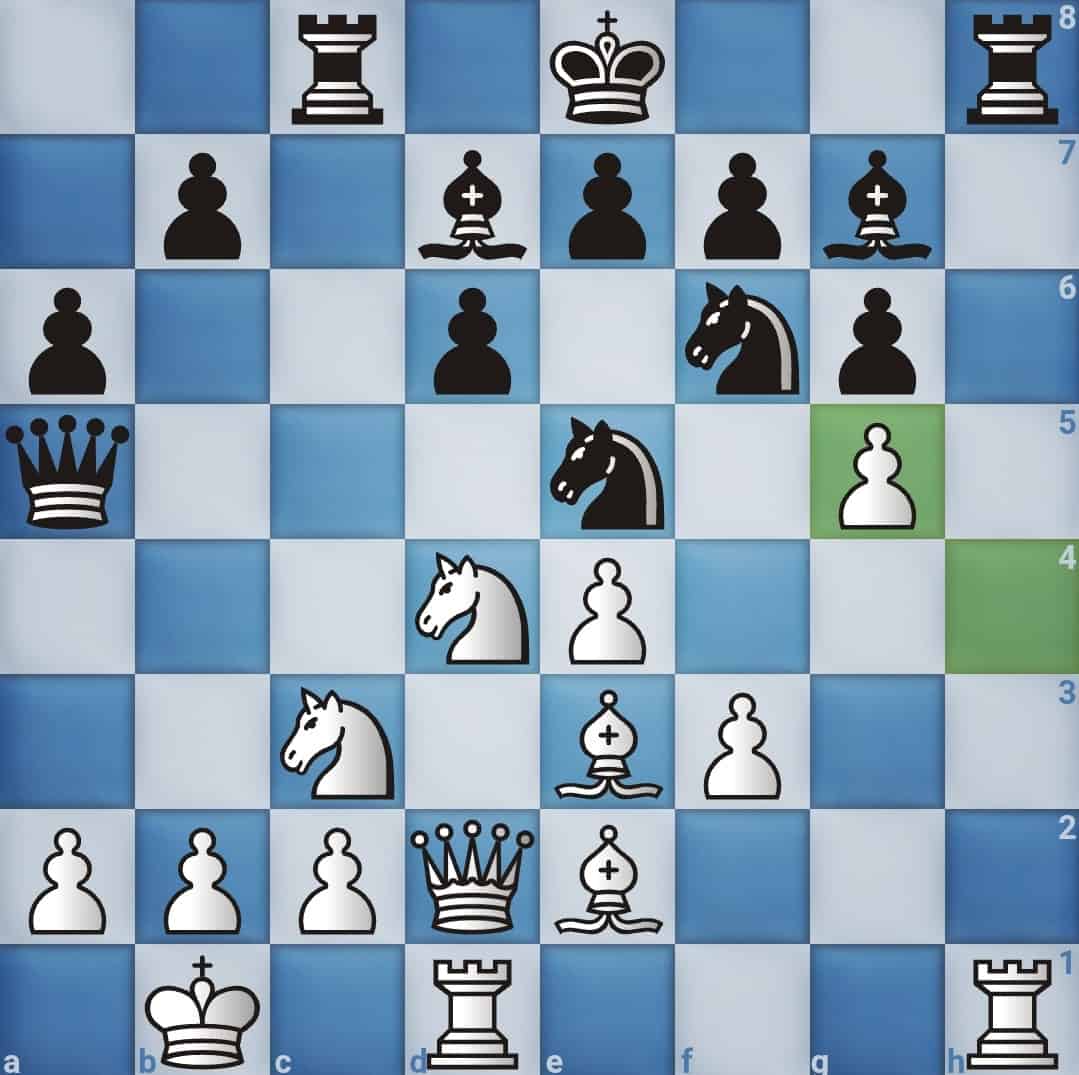
A list of the most brilliant chess moves wouldn’t be complete without a Mikhail Tal game.
In this game, Tal gives up a rook, then another, and as if that wasn’t enough, he gives up his queen, too!
However, at the end of this wild sac fest, Tal has an unstoppable passed pawn.
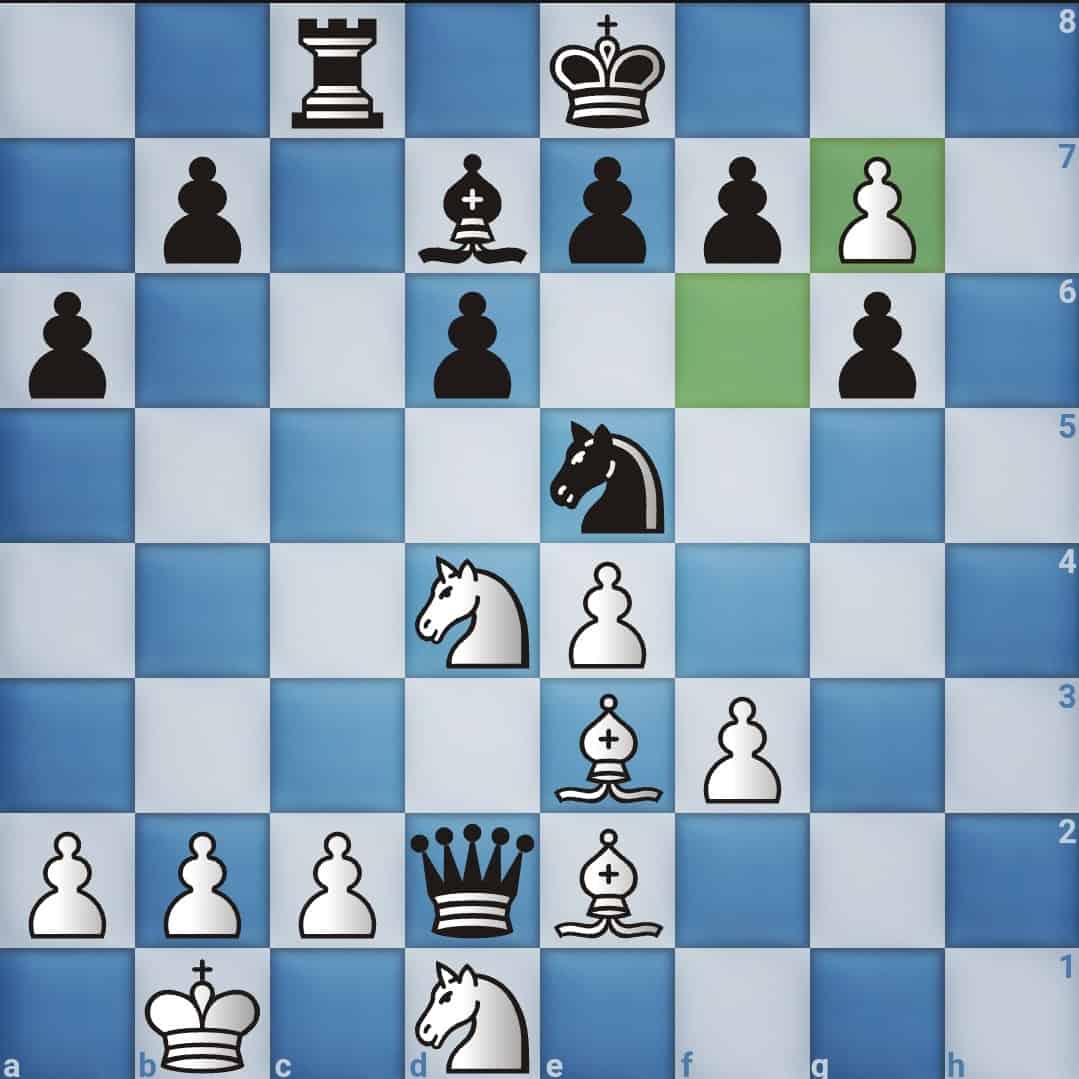
Black has to give up his queen and make way for the king to escape; if he doesn’t, it’s mate in one. The Magician from Riga strikes again!
6. Martyn Kravtsiv vs. Ding Liren (2017)
When players promote their pawns in chess, it’s usually to a queen. This is typically a no-brainer, as the queen is the most powerful piece on the board.
However, chess wouldn’t be the artistic marvel it is today if there was only one way of completely destroying your opponent.
In this game, Ding Liren uses the power of underpromotion.
Instead of promoting to a queen, he chose a knight and delivered a stunning checkmate to his opponent.
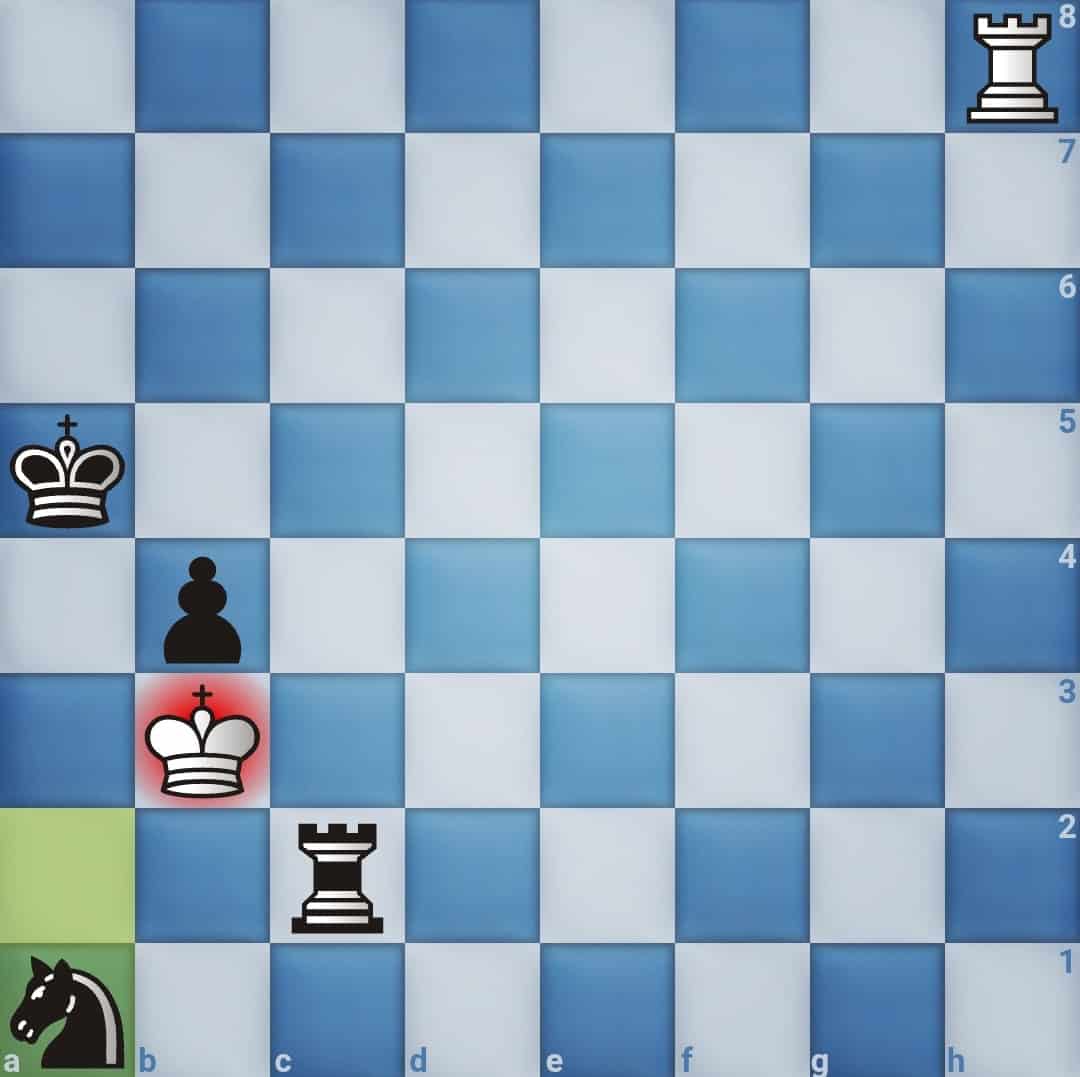
7. Bauer vs. Gollner, 1956
The brilliant move that begins the checkmating sequence in this game is just beautiful.
White starts with a rook sacrifice to burst open the black King’s defenses, a queen sacrifice follows with Qg8+, and it is finished with a brilliant bishop checkmate.
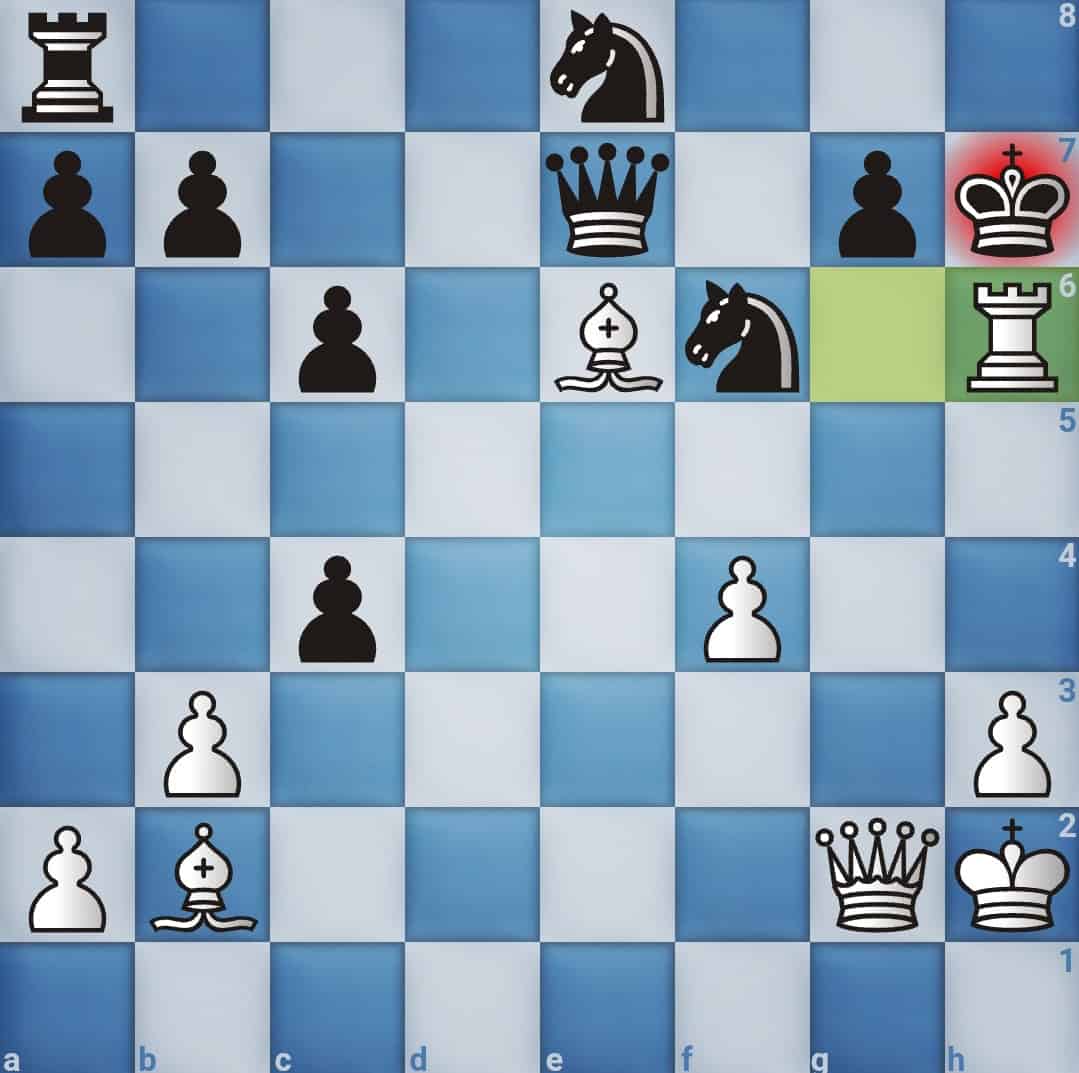
8. Suat Atalik vs Tony Miles (1993)
We all love a good underpromotion. But when an underpromotion starts with a queen sacrifice and ends with the complete destruction of your opponent?
That’s a full-course meal! This game involves a beautiful queen sacrifice and an underpromotion that puts Black’s win in the bag.
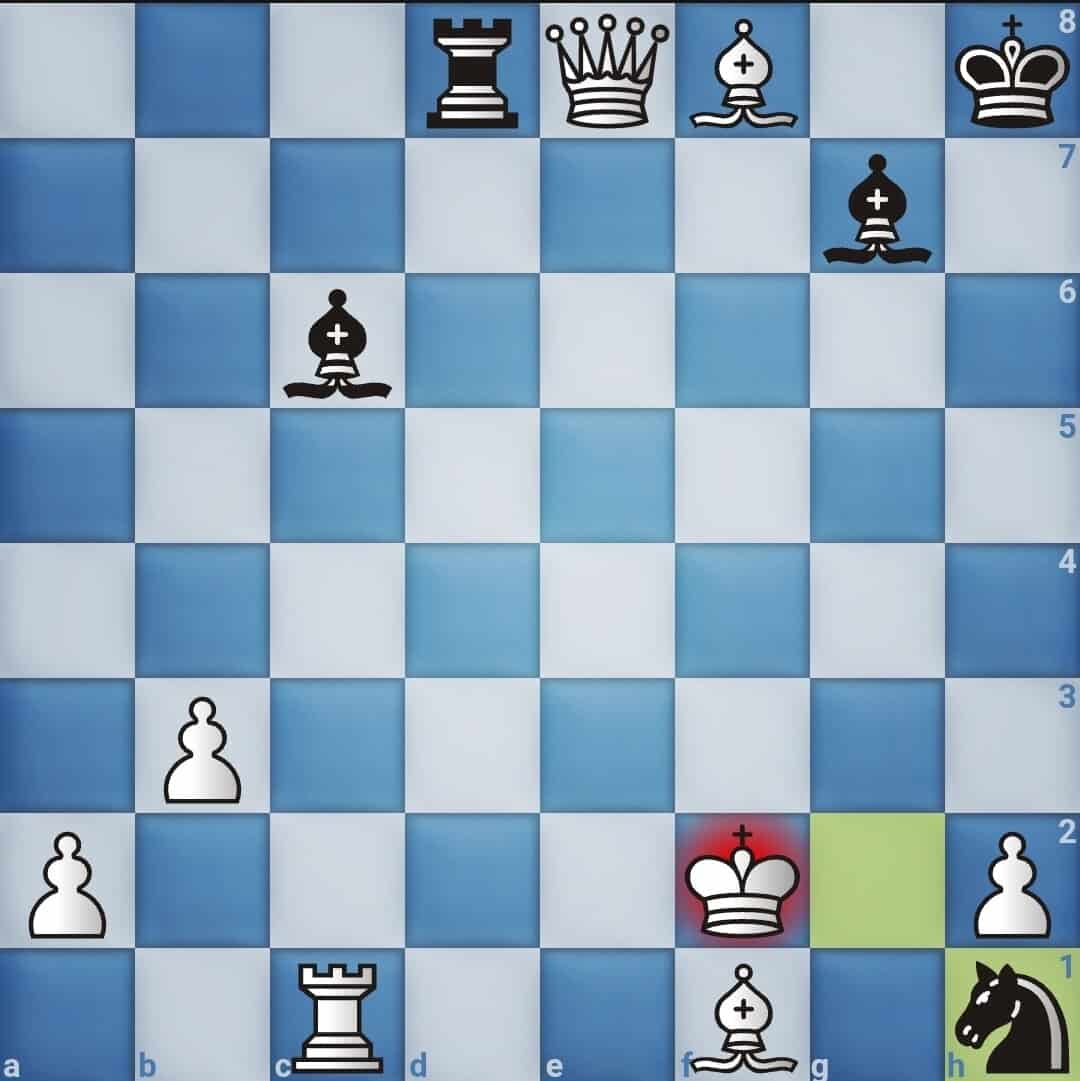
9. Dragoslav Tomic vs Frank Winzbeck (1993)
Knight underpromotions are super cool, but the bishop underpromotion has a level of quiet elegance that is just beautiful.
In this game, promoting to a queen in the crucial position on move 44 would have ended in a draw.
This is because Black’s bishop has nowhere to go, and the king has no squares.
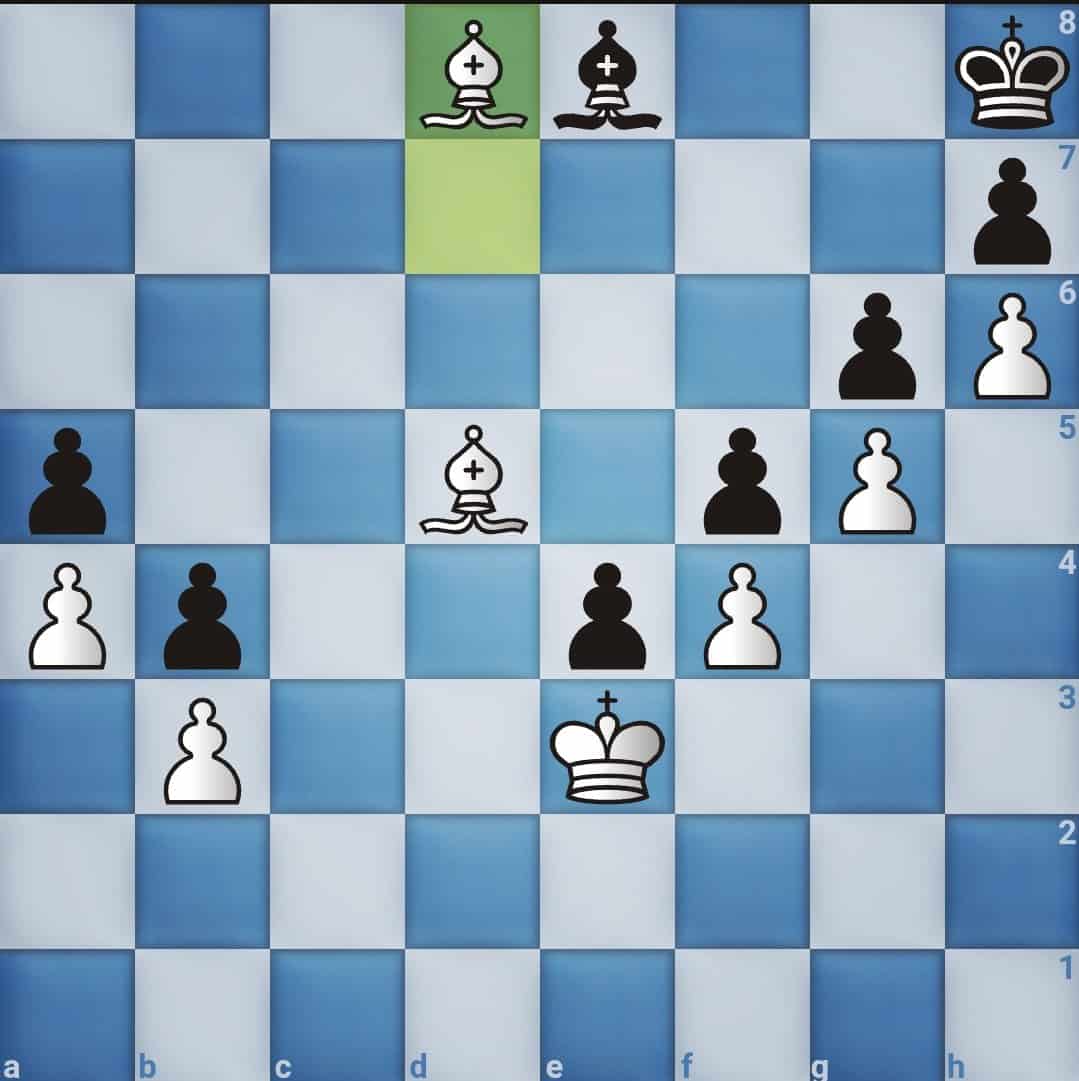
The bishop’s underpromotion was a silent killer that promised a sure checkmate to follow.
10. Paul Keres vs Verbac (1933)
The discovered check is one of the strongest moves in chess. Your opponents have no choice but to answer, and it usually leads to a terrible position for them.
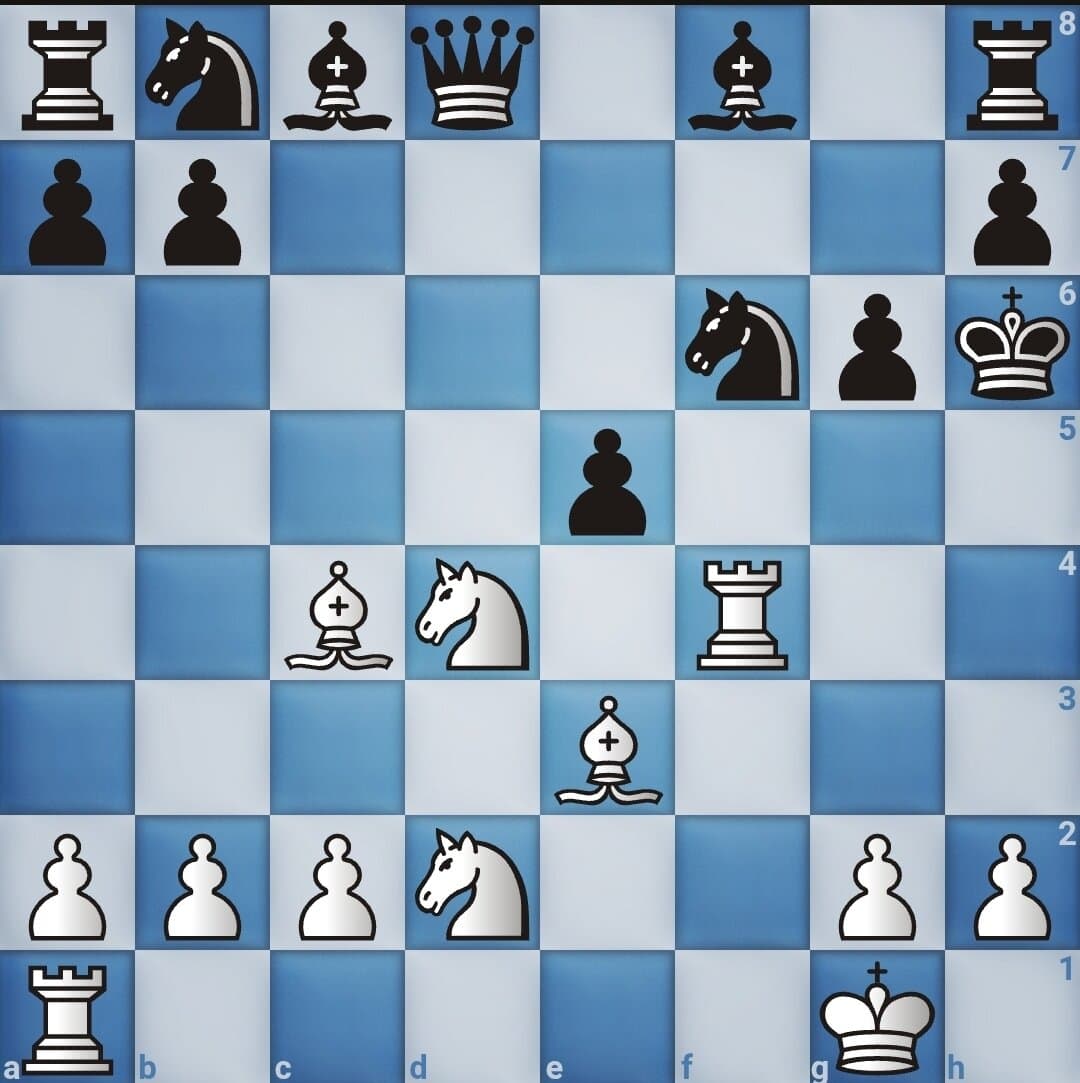
Paul Keres uses the discovered check tactic in this game to set up a brilliant checkmate.
Conclusion
Chess brilliance comes in many forms. These moves aren’t just about calculation, they’re about vision, the ability to see beyond the obvious and into something timeless.
Whether you’re a beginner or a titled player, studying these moments will sharpen your understanding of what makes chess more than just a game.
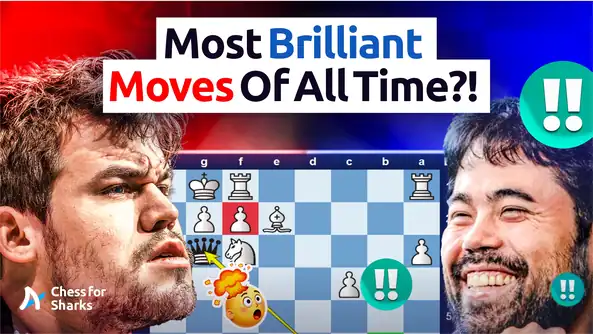




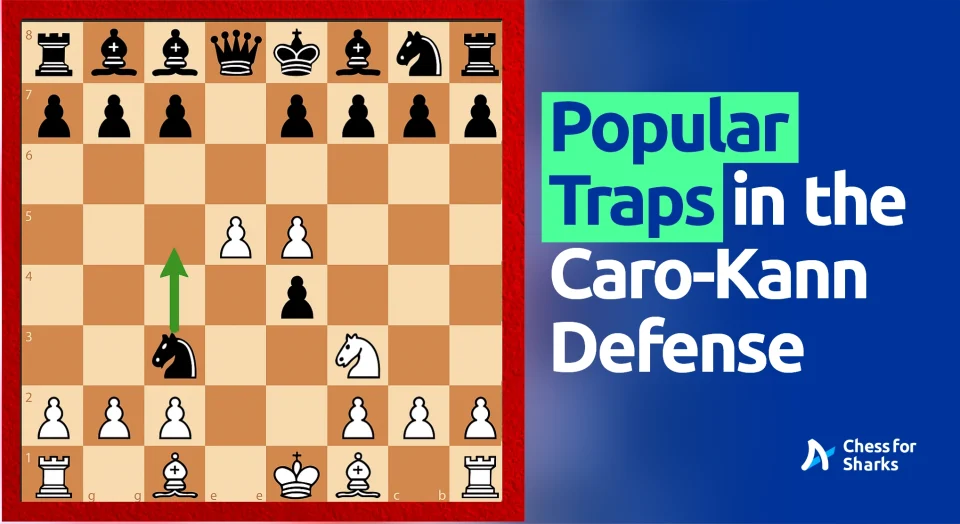
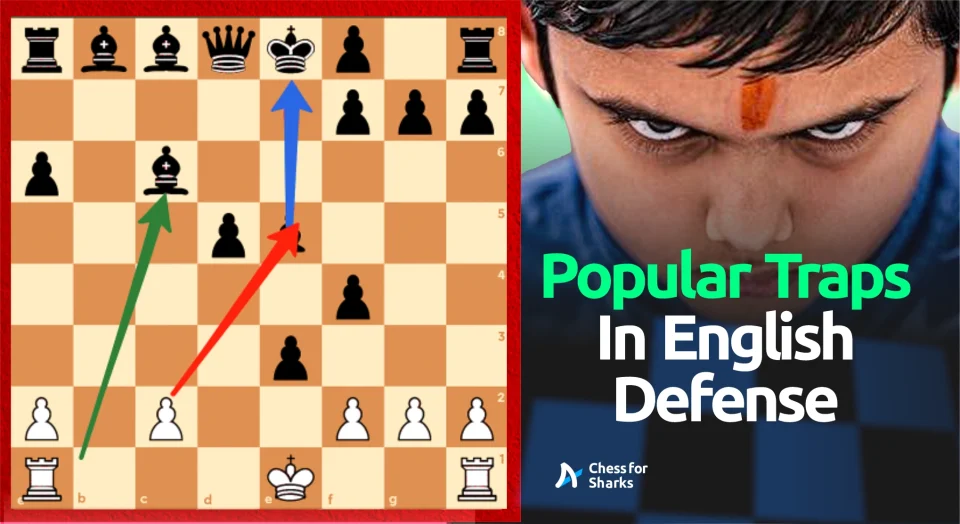
join the conversation